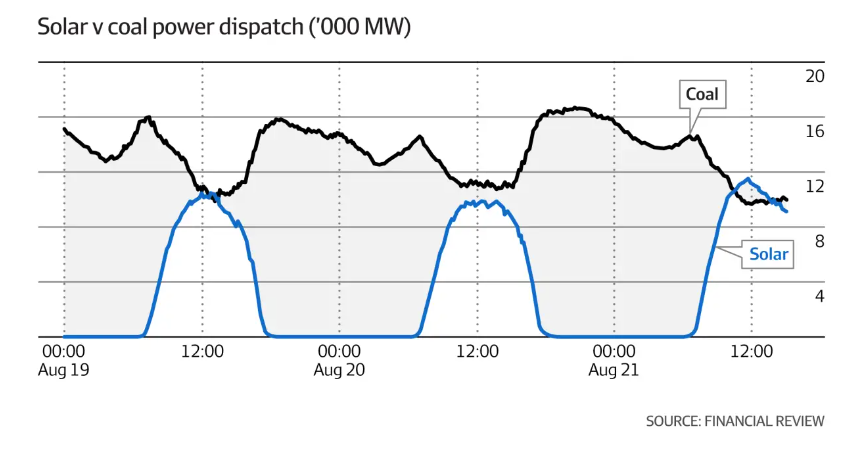Solar power on the rise as spring approaches
The warm and sunny months of the year are fast approaching, with the potential for solar generation set to increase in the coming months.
As we near spring, the days are slowly becoming longer and warmer as we approach the spring equinox in late September.
The spring equinox is the tipping point where days become longer than nights in the Southern Hemisphere, increasing the potential for solar generation across Australia.
Data from OpenNEM shows that solar output (rooftop and utility) was the highest in summer, followed closely by spring, in the NEM each year since 2018.
The graphs below show the total seasonal solar contribution (rooftop and utility) to the NEM.


Images: Seasonal comparison of Rooftop (top) and Utility (bottom) solar power (GW/h). Data sourced: OpenNEM, AEMO, APVI.
The graph above shows that solar generation is the lowest in winter each year, as shorter days narrow the production window.
These graphs also show that total solar generation has been increasing year-on-year since 2018, driven by a boom in solar installations across Australia.
Solar generation typically becomes a large source of energy in spring, when the days are longer and sunnier, and temperatures are moderate, keeping demand low.
Earlier this year, with solar briefly overtaking coal as the primary energy source for the first time in August. The graph below shows solar power dispatch exceeding coal at around midday on Friday, August 19 and the following Sunday.

Image: Solar versus coal power dispatch (MW), Source: Financial review
So, will this trend of increased solar generation continue this spring?
There are several climate drivers at play this spring which could lead to above average cloud cover and rainfall across much of Australia:
- A negative Indian Ocean Dipole (IOD) in spring is forecast to increase cloud and rainfall across much of Australia, particularly the southeast.
- The looming possibility of a third La Nina in spring and summer could increase cloud cover and rainfall across northern and eastern Australia.
- The Southern Annular Mode (SAM) is forecast to be positive for much of spring, which could enhance rainfall and bring increased cloud cover in eastern Australia.
The map below shows the rainfall outlook for spring 2022, with large areas in easter, central and northern Australia expected to see above average rainfall and cloud.

Image: ACCESS-S2 chance of exceeding median rainfall for spring 2022. Source: Bureau of Meteorology
So, while the days are getting longer, increased cloud cover could reduce solar output in spring and possibly summer this year.